
M1 Tank Platoon is a tactical simulator of tank warfare developed and published by MicroProse for the Amiga, Atari ST and MS-DOS in 1989. The game features a mixture of first-person, third-person tank warfare, and tactical simulation gameplay. It was followed by a sequel, M1 Tank Platoon II, released by MicroProse in 1998 for Windows. M1 Tank Platoon was sold to Interplay Entertainment in 2009. M1 Tank Platoon is available on Steam and Epic Games services.
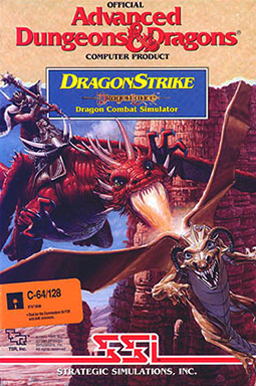
DragonStrike is a 1990 flight simulator based on the Dungeons & Dragons fantasy tabletop role-playing game. It is set in the Dragonlance campaign setting.
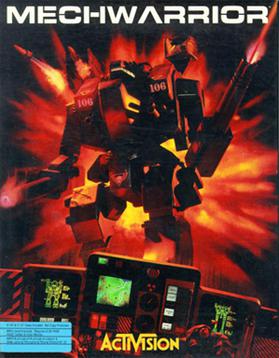
MechWarrior is the second video game released in the BattleTech game series. MechWarrior was the first video game to offer the player a chance to pilot a BattleMech from the view of a pilot. With this game the player has a great deal of freedom when compared to many of the follow-up MechWarrior games, which include choosing missions, buying & selling mechs and parts, hiring lance-mates, and traveling throughout the Inner Sphere. Underneath the major game mechanics, the player had the option of following a role playing style story arc that would unfold over five in-game years.
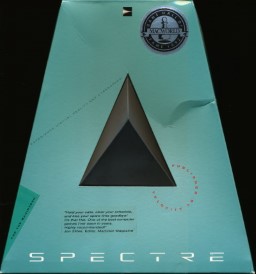
Spectre is a video game for the Macintosh, developed in 1990 by Peninsula Gameworks and published in 1991 by Velocity Development. It is a 3D vector graphics tank battle reminiscent of the arcade game Battlezone. One sequel, Spectre VR, appeared on a number of lists of best video games.

Bomber, also known as Bomber 3 or Bomber III, is a combat flight simulation game developed and released in 1989 by Inline Design for the Macintosh.
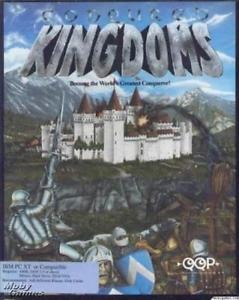
Conquered Kingdoms is a fantasy strategy computer game developed by Quantum Quality Productions for PC DOS/MS-DOS in 1992.

Harrier Combat Simulator is a combat flight simulation game published in 1987 by Mindscape for the Commodore 64. Ports for Amiga, Atari ST and IBM PC followed in 1988.
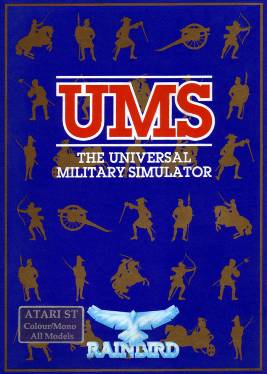
The Universal Military Simulator is a computer game developed by Rainbird Software in 1987 for the Macintosh, Tandy 4000, and IBM PC compatibles. In 1988, both Atari ST, Amiga versions were released. The game was created by Ezra Sidran. The PC and Amiga versions were ported by Ed Isenberg. The game spawned two sequels: UMS II: Nations at War and The War College: Universal Military Simulator 3.

PT-109 is a naval simulation video game developed by Digital Illusions and Spectrum HoloByte in 1987 for the Macintosh and MS-DOS. This game is roughly based on the events involving the Motor Torpedo Boat PT-109.

Dive Bomber is a video game developed by Acme Animation in 1988 for the Commodore 64. It was ported to Atari ST, Apple II, ZX Spectrum and MS-DOS.

Harpoon is a computer wargame published by Three-Sixty Pacific in 1989 for DOS. This was the first game in the Harpoon series. It was ported to the Amiga and Macintosh.
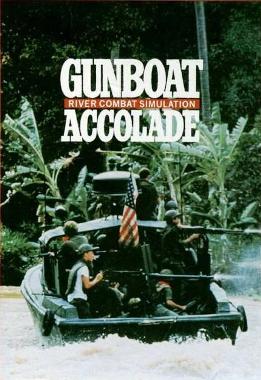
Gunboat is a simulation video game developed and released by Accolade in 1990 for MS-DOS. Ports were released for the Amstrad CPC, ZX Spectrum, Amiga and TurboGrafx-16. It is a combat simulator of a Patrol Boat, River (PBR).

Top Gun: Danger Zone is a video game developed by Distinctive Software and published by Konami in 1991 for DOS.
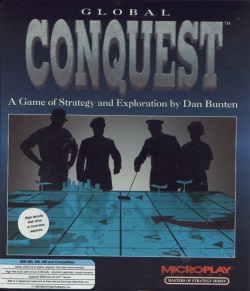
Global Conquest is a video game published by Microplay Software in 1992 for IBM PC compatibles. It is a version of Empire with numerous gameplay upgrades and a multi-player mode supported via modems.

Prophecy of the Shadow is a 1992 fantasy role-playing video game developed by Strategic Simulations for MS-DOS. The game was released in both English and German versions.

The Ancient Art of War in the Skies is a video game developed by Evryware in 1992 for MS-DOS as a sequel to The Ancient Art of War and The Ancient Art of War at Sea. In 1993 conversions were published for Amiga and Atari ST.

Paladin II is a video game developed by Omnitrend Software and published by Impressions Games in 1992 for MS-DOS, Amiga, and Atari ST.
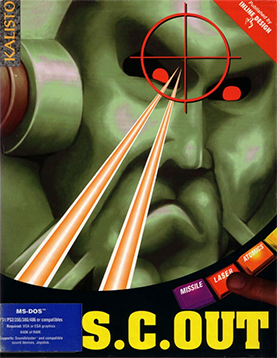
S.C.OUT is a computer game developed and published by Atreid Concept in 1992 for Macintosh and MS-DOS.

U-boat is a 1994 computer game developed by American studio Deadly Games for the Macintosh.
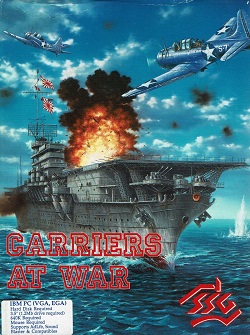
Carriers at War 1941-1945: Fleet Carrier Operations in the Pacific is a 1992 wargame by Strategic Studies Group for MS-DOS and Macintosh. It is a remake of the 1984 Carriers at War. An expansion pack, Carriers at War: Construction Kit, was released in 1993. A sequel, Carriers at War II, was also released in 1993.




















